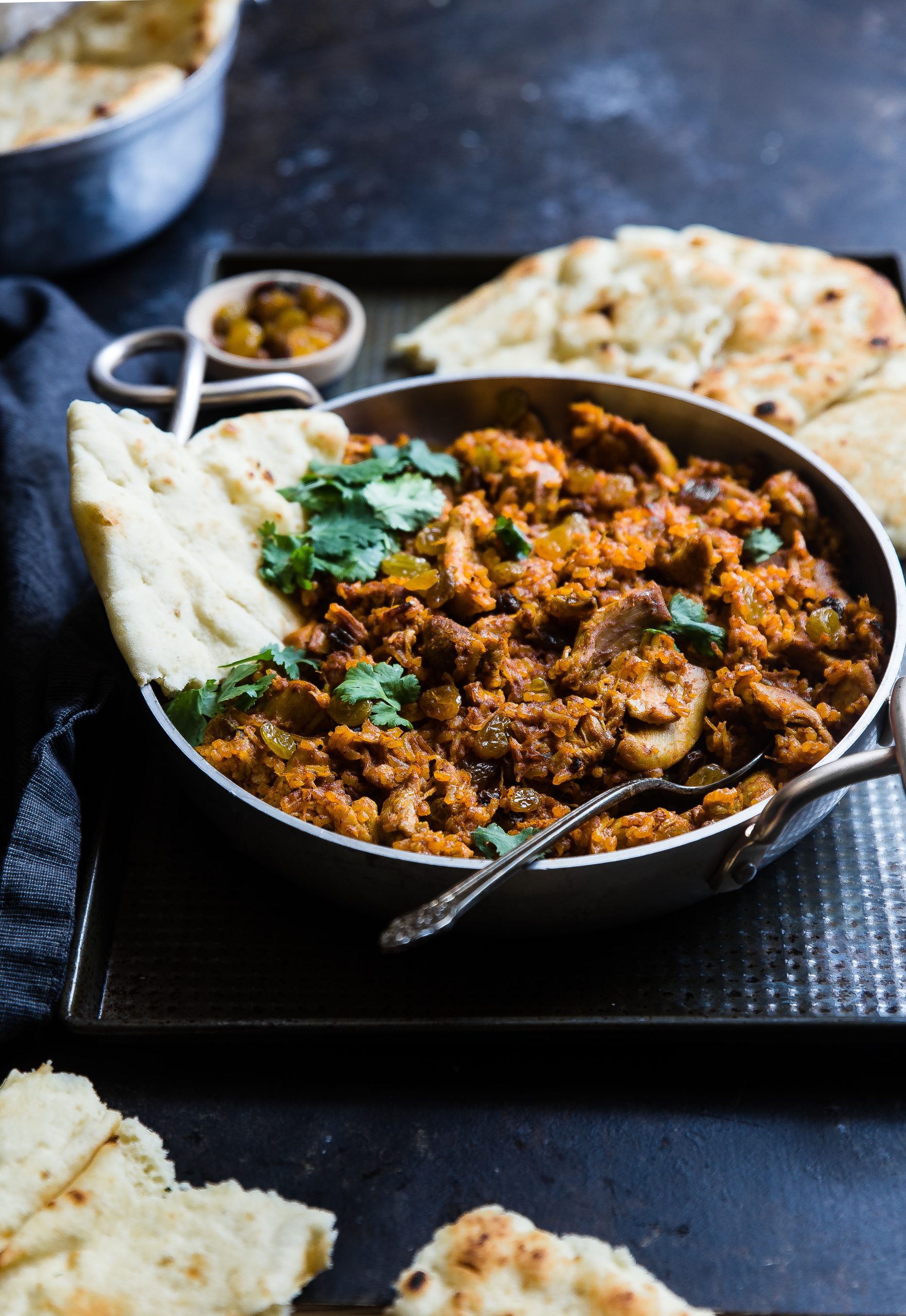Desi foods, also known as traditional South Asian cuisine, are known for their rich flavors, aromatic spices, and unique cooking techniques. From mouth-watering curries to savory snacks and decadent desserts, desi foods are beloved by millions of people around the world. In this article, we will explore the diverse and delicious world of desi foods, delving into their history, cultural significance, and culinary delights.
- “Spice Up Your Taste Buds: Exploring the Exquisite Flavors of Desi Foods”
- “From Samosas to Biryani: A Gastronomic Adventure with Desi Foods”
- “Savor the Richness of Desi Foods: An Authentic Culinary Experience”
- “Tradition on a Plate: The Art of Cooking Desi Foods”
- “Beyond Curry: Discovering the Diverse Delights of Desi Foods”
In South Asian countries like India, Pakistan, Bangladesh, and Sri Lanka, desi foods are an integral part of the culture and heritage. They are often prepared with love and care, using age-old recipes passed down through generations. From the fiery spices of a flavorful curry to the delicate sweetness of a traditional dessert, desi foods are known for their depth and complexity of flavors.
Desi foods also reflect the regional diversity of South Asia, with each region having its own unique culinary traditions and specialties. From the creamy kormas of North India to the spicy biryanis of Hyderabad, and the seafood delights of the coastal regions, desi foods offer a wide array of culinary delights to explore.
Moreover, desi foods are not only about the taste but also hold cultural significance. They are often associated with festivals, celebrations, and special occasions, and are an important part of social gatherings and family traditions. Desi foods also reflect the diverse religious and cultural influences in South Asia, with flavors and cooking techniques borrowed from various cuisines and culinary traditions.
As a journalist, it is important to explore the history, cultural significance, and regional variations of desi foods. This includes interviewing local chefs, home cooks, and food experts to learn about the traditional cooking techniques, ingredients, and stories behind popular dishes. It also involves uncovering the health benefits and nutritional value of desi foods, as many of them are made with wholesome ingredients like whole grains, legumes, and fresh produce.
In addition to the culinary aspects, it is important to highlight the social and economic impact of desi foods. Many small-scale farmers, artisans, and local businesses are involved in the production and distribution of desi food products, and their stories and contributions to the culinary landscape should be recognized and appreciated. Desi foods can also be a source of cultural pride and identity for South Asian communities living abroad, serving as a way to connect with their roots and share their culinary heritage with others.
In conclusion, desi foods are a treasure trove of flavors, stories, and cultural significance. Exploring the diverse world of traditional South Asian cuisine can be a fascinating journey, uncovering the rich history, regional variations, and culinary delights of these beloved foods. As a journalist, it is important to approach the topic with cultural sensitivity, accuracy, and respect for the culinary traditions and stories behind desi foods.




